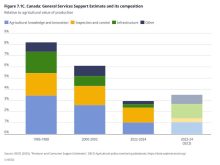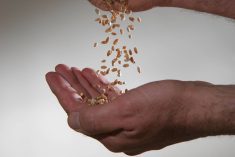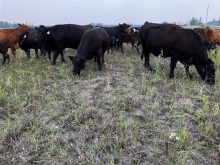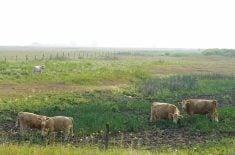Some are frustrated after feds cut funding to help farmers pay for temporary foreign workers (TFWs) to quarantine after arriving in Canada, though Manitoba employers may not know how this affects them until next season.
“People found it frustrating because when they initially did this and started the quarantine, their initial statement was that they would support us until quarantine restrictions were lifted. And they still haven’t been lifted,” said Beth Connery.
Connery farms vegetables and strawberries near Portage la Prairie, where she employs international workers through the Seasonal Agricultural Workers Program (SAWP). She is chair of the Canadian Horticultural Council’s labour committee.
Read Also
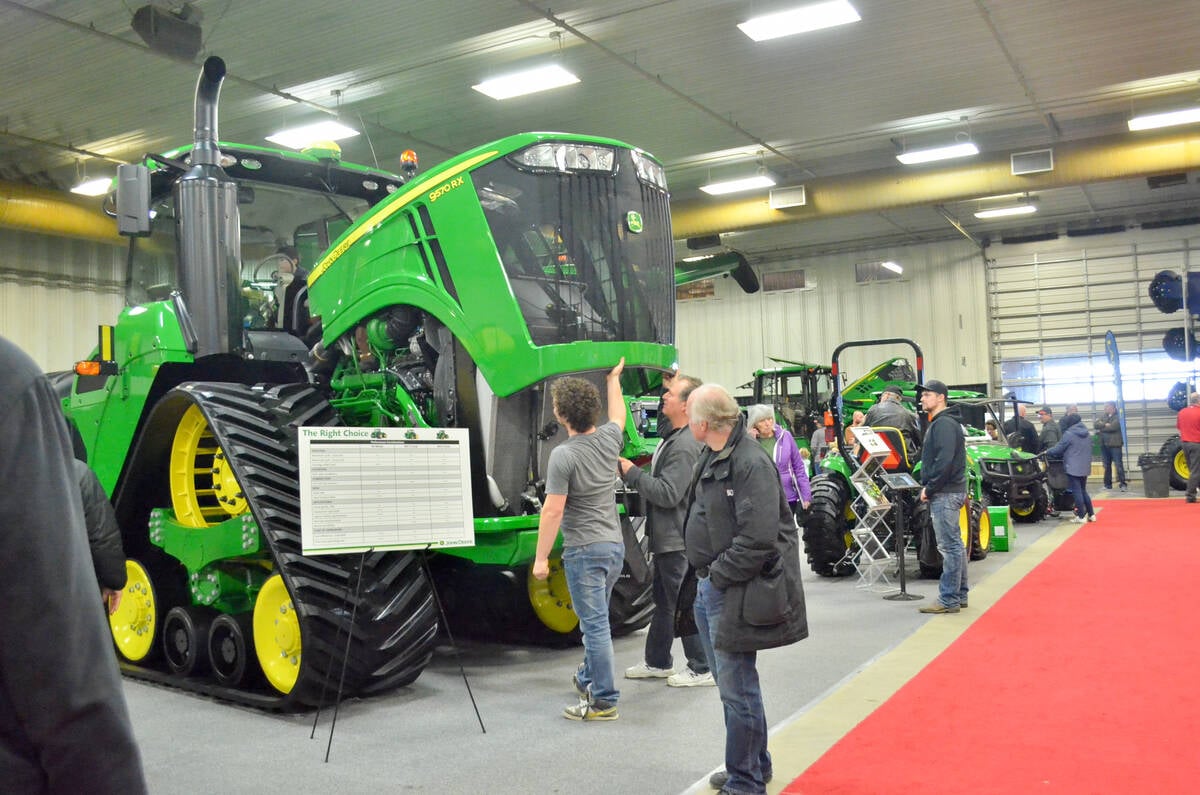
Manitoba Ag Days 2026 coming up fast
Canada’s largest indoor farm show, Manitoba Ag Days, returns to Brandon’s Keystone Centre Jan. 20-22, 2026. Here’s what to expect this year.
At the onset of the pandemic, the federal government initiated a $1,500-per-worker payment to offset costs of the mandatory 14-day quarantine for the duration of the Quarantine Act.
Despite lobbying by affected commodity organizations, the government reduced the funds to $750 per worker on June 16 and permanently suspended the program at the end of August.
International workers continue to be subject to the same quarantine regulations as Canadian nationals.
Why it matters: An analysis found quarantine costs per worker range from $1,700 to $3,100.
With COVID-19 test issues and strict regulations around a potential positive test, producers in Ontario reported some TFWs required housing well beyond 14 days.
“As long as the Quarantine Act is in place, we expected the funding to be in place,” said Bill George, chair of the Ontario Fruits and Vegetable Growers’ Association (OFVGA). “And it’s going to affect certain commodities more than others.”
Ontario’s apple sector is bringing in harvest workers, said George, and unless they arrived on or before Aug. 31, those employers won’t get funding.
“To me, it’s just disproportionately unfair to part of the sector that is bringing in workers later in the season,” he said. “For the most part, it is the higher figure of the hotel stay plus their wages that growers are incurring, certainly later in the season for sure.”
In Manitoba, said Connery, many growers are nearing the end of their season. Many workers will return to their home countries by end of October. To her knowledge, no Manitoba farmers are bringing in workers now.
Beekeepers who employ international workers are also sending them home as their season has ended, said Ian Steppler, chair of the Manitoba Beekeepers Association.
They may not know how the lack of funding affects them until spring, said Connery. Right now, fully vaccinated workers entering Canada wouldn’t need to quarantine, provided they’re vaccinated with Canada-approved shots, she said.
In Ontario, that’s often not the case for workers arriving this fall.
“Most workers still coming in aren’t fully vaccinated, so they’re still having to quarantine for the two weeks,” George said.
“Some workers are coming in with vaccinations that aren’t recognized by our government. So there’s still issues, and there’s still costs being incurred by our members,” he added.
Ken Forth, president of Foreign Agricultural Resource Management Services, said the federal government lacked planning by pulling the funding before the end of the season.
“Why on earth wouldn’t they just say, ‘at the end of the growing season in 2021, we will no longer have it,’” said Forth. “We still would not have been happy because the Quarantine Act is in place, but go by what they say. But, what they say and what they do are two different things.”
The OFVGA represents 125 crops, all with different harvest seasons and some are not over.
“For example, apples aren’t starting to be picked till sometime in late August. We still bring people in the first part of September for apple harvest,” Forth said. “The big thrust of harvesters come in the season (produce) is going to be harvested in.”
As well, he said payments are slow to arrive, generally taking four to six months from time of application.
“If you held them in your own bunkhouse, it (the $1,500) would probably (cover) three-quarters,” Forth said. “But if you went to a hotel, it did 40 per cent.”
Edible horticulture crops are not high-margin businesses, and any added expenditure can be difficult for operations to absorb, added Forth.
George is already planning next year’s applications and doesn’t know if he should bring workers in two weeks early for quarantine purposes.
“Nobody really knows. Even if they’re fully vaccinated, we don’t know,” he said. “Not knowing what’s coming as far as next year is definitely a financial concern to the growers and stressful to the growers.”
If it becomes financially impossible to fill the labour shortage with TFWs or seasonal workers, the implications are huge,” said George. “There’s just no possible way, without temporary foreign workers, that we could operate the farms as we are currently.”



